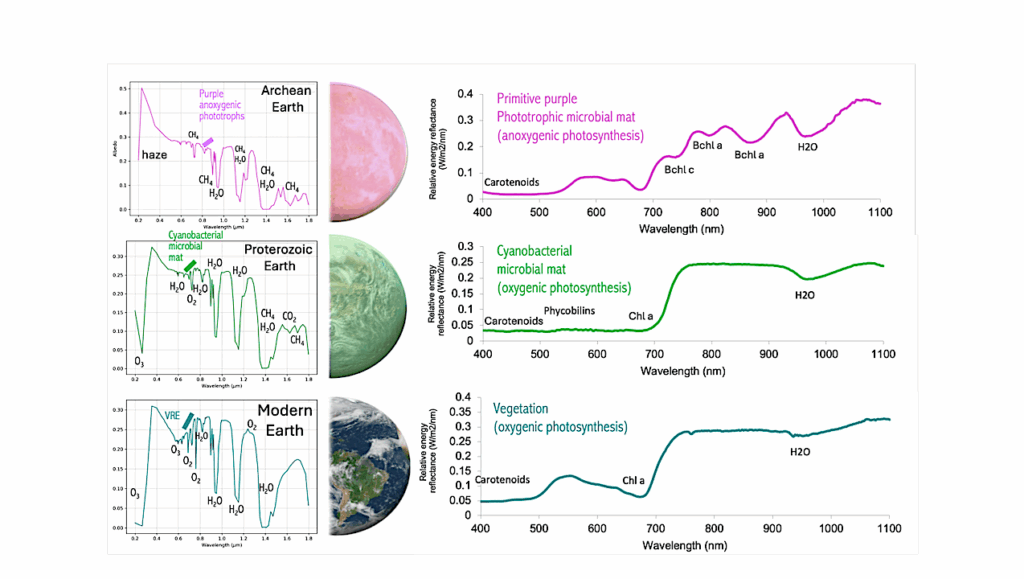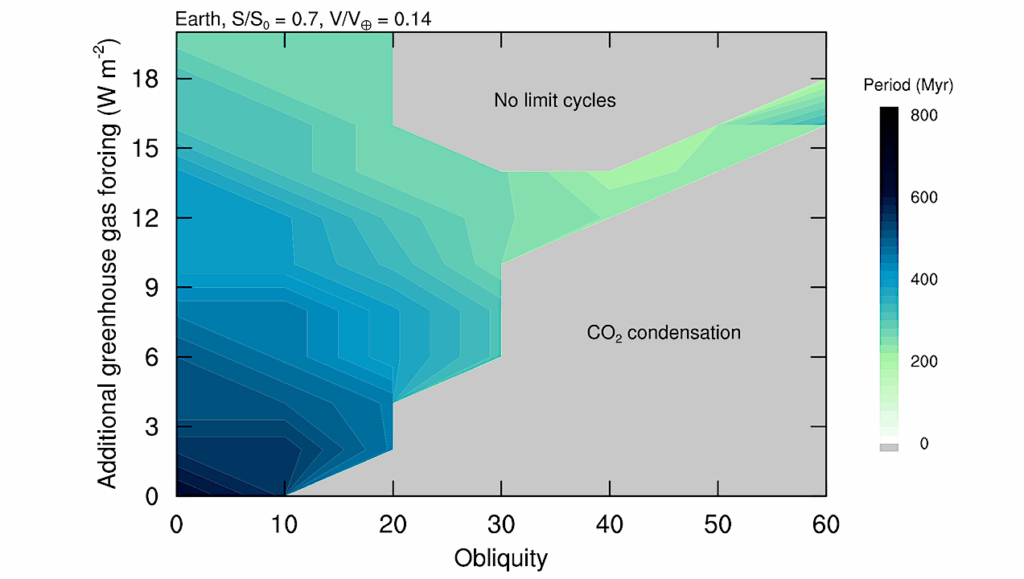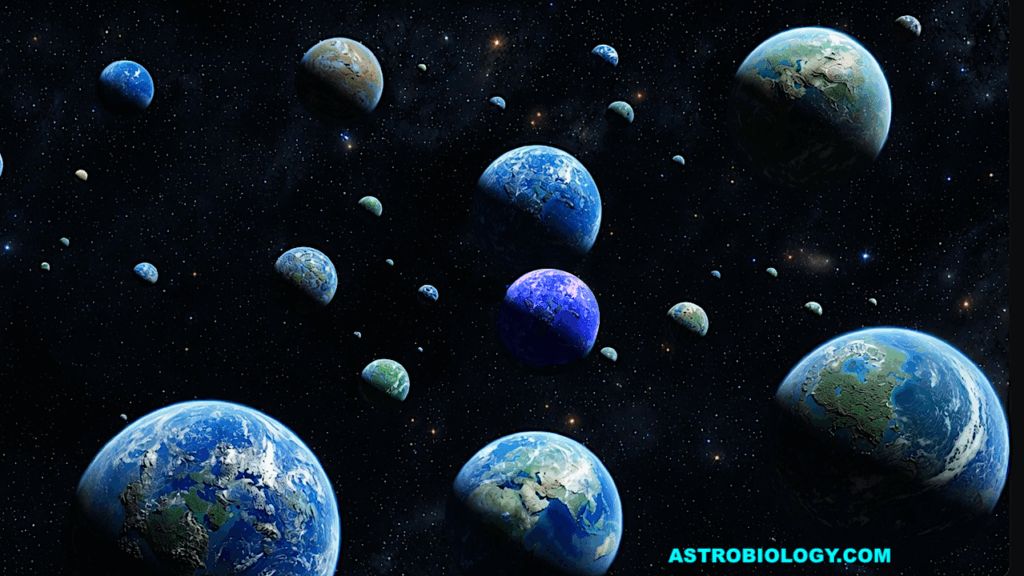Ocean World Update: Deep-sea Discovery Shines Light On Life In The Twilight Zone
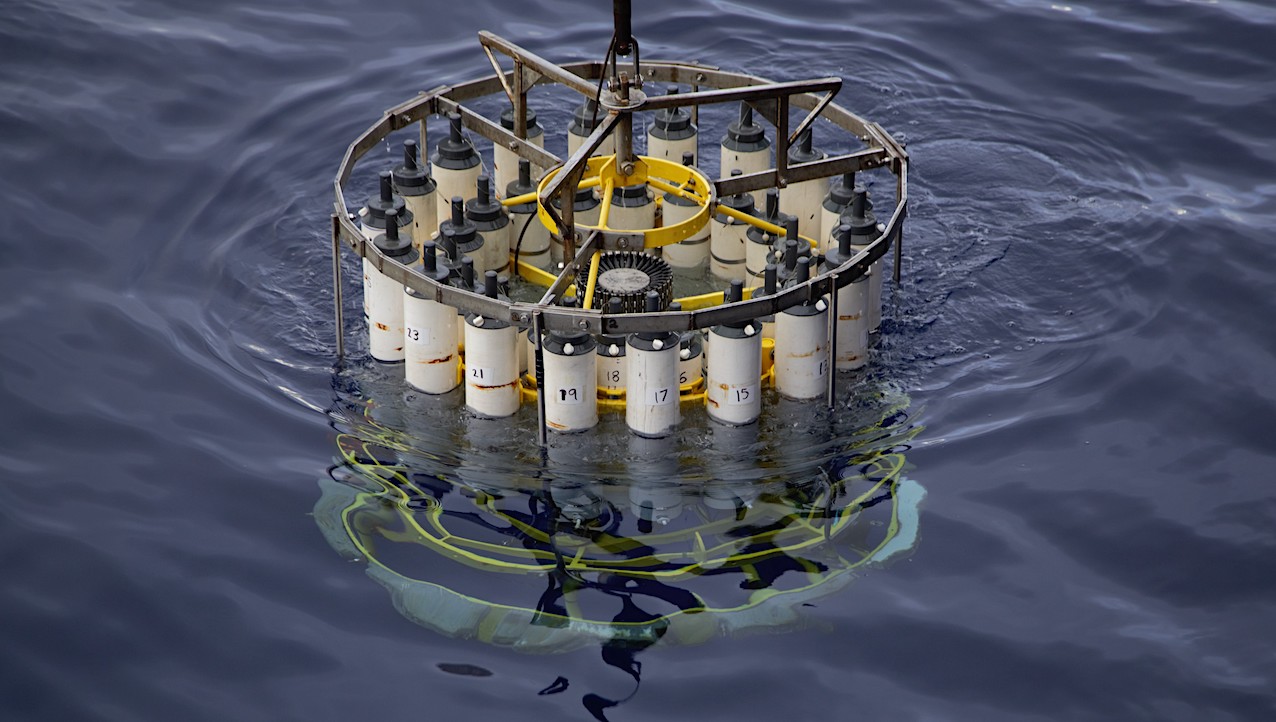
The ocean’s twilight zone is deep, dark, and — according to new research — iron deficient.
No sunlight reaches this region 200 to 1,000 meters below the sea surface, where levels of iron, a key micronutrient, are so low that the growth of bacteria is restricted. To compensate, these bacteria produce molecules called siderophores, which help the bacteria scavenge trace amounts of iron from the surrounding seawater.
“Understanding the organisms that facilitate carbon uptake in the ocean is important for understanding the impacts of climate change,” said Tim Conway, associate professor of chemical oceanography at the USF College of Marine Science, who co-authored the recent study. “When organic matter from the surface ocean descends to the deep ocean, it acts as a biological pump that removes carbon from the atmosphere and stores it in seawater and sediments. Measuring the rates and processes that influence this pump gives us insight into how and where the ocean stores carbon.”
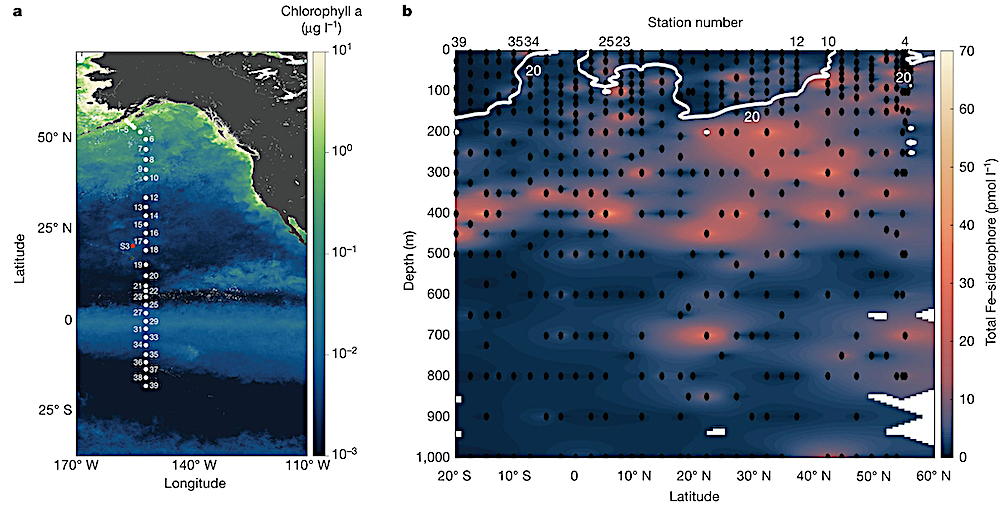
High siderophore concentrations in the mesopelagic of the eastern Pacific Ocean. a, Cruise track of the GP15 section showing the locations of sampling stations (1–39) overlaid on Aqua MODIS-derived average sea-surface chlorophyll during the time of the cruise (October–December 2018). Station S3, the location of 57 Fe–siderophore uptake experiments, is shown in red. b, The distribution of total Fe–siderophores in the upper 1,000 m of GP15. Sample locations are denoted by black circles in the plot. Station numbers are at the top of the plot. Total concentrations of Fe–siderophores were calculated by summing all Fe–siderophores with a concentration >0.5 pM. The white contour line indicates where the nitrate:DFe ratio transitions from values <20 μmol nmol −1 at depths shallower than the contour to values >20 μmol nmol −1 below it. For stations 1–7, the region with nitrate:DFe ratio <20 μmol nmol University of South Florida via Nature
To conduct the study, researchers collected water samples from the upper 1,000 meters of the water column during an expedition through the eastern Pacific Ocean from Alaska to Tahiti. What they found in the samples surprised them. Not only were concentrations of siderophores high in surface waters where iron is expected to be deficient, but they were also elevated in waters between 200 and 400 meters deep, where nutrient and iron concentrations were thought to have little impact on the growth of bacteria.
“Unlike in surface waters, we did not expect to find siderophores in the ocean’s twilight zone,” said Conway. “Our study shows that iron-deficiency is high for bacteria living in this region throughout much of the east Pacific Ocean, and that the bacteria use siderophores to increase their uptake of iron. This has a knock-on effect on the biological carbon pump, because these bacteria are responsible for the breakdown of organic matter as it sinks through the twilight zone.”
The recent discovery was part of GEOTRACES, an international effort to provide high-quality data for the study of climate-driven changes in ocean biogeochemistry.
The study of siderophores is still in the early stages. Researchers involved in GEOTRACES only recently developed reliable methods to measure these molecules in water samples, and they’re still working to understand where and when microbes use siderophores to acquire iron.
Although the research into siderophores is new, this study demonstrates their clear impact on the movement of nutrients in the ocean’s twilight zone.
“For a full picture of how nutrients shape marine biogeochemical cycles, future studies will need to take these findings into account,” said Daniel Repeta, senior scientist at Woods Hole Oceanographic Institution and co-author of the article. “In other words, experiments near the surface must expand to include the twilight zone.”
Funding for this work was provided by the National Science Foundation and the Simons Foundation. The U.S. portion of GEOTRACES is provided by the National Science Foundation.
Microbial iron limitation in the ocean’s twilight zone, Nature (open access – pdf)
Astrobiology




